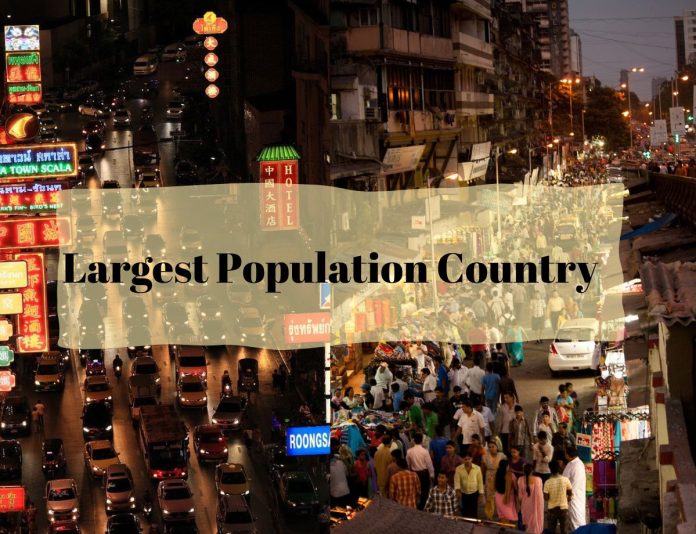India has now officially surpassed China’s population and emerged as the most populous country in the world for the first time. According to the UN’s estimate, based on various factors including census data, fertility, birth and death rates, China has been knocked off the top spot. Earlier projections claimed that it would happen in 2027 however, it happened four years faster due to the more youth population in India.
In 1900, the world population was close to one billion. Today, it is over eight billion. The latest State of World Population Report, an authoritative analysis by the United Nations, has officially stamped India as the most populous nation as Indian population growth has surpassed all the countries worldwide. The report mentioned that Indian population growth has surged as there are 1.428 billion people in India, whereas China has a total population of 1.426 billion.
Furthermore, because of higher birth rates, the percentage of the Muslim community in India the overall population has largely risen.
Population growth is a concerning issue due to limited resources. However, India is no longer the country with the most extreme poverty and in the global poverty ranking, India is sliding down due to the huge government spending on welfare schemes.
Although both Asian nations, India and China will have over a third of the estimated global population of over 8 billion. In the year 2022, China’s population declined for the first time in the last six decades. Further, it is projected that by 2050, the population of just eight nations will account for half of the world’s population.
These eight countries include the Democratic Republic of the Congo, Egypt, Ethiopia, India, Nigeria, Pakistan, the Philippines, and the United Republic of Tanzania.
Over the years, due to constant improvement across all sectors and being better equipped in dealing with pandemics, diseases, and illness, India has also witnessed a spike in life expectancy rate along with a steep fall in mortality rate.
Table of Contents
What do authorities have to say?
According to the UN, both nations made enough efforts to curb rapid population growth by implementing policies during the second half of the 20th century.
According to Andrea Wojnar, UNFPA India representative, around 50% of India’s population is below the age of 25 years and only 7% of people are above 65 years of age. It is estimated that the working-age population in India will touch a peak by 2045.
John Wilmoth, Director, of the Population Division, UN Department of Economic and Social Affairs (DESA), claimed that the Chinese population has already touched its peak size, and will start to decline in the future.
Where are we leading?
India, being a youthful and constantly developing nation with the largest cohort of young people across the globe has great potential to achieve its demographic dividend. On the contrary, other parts of the world are ageing and the world is hopeful that India’s youthful population can play a major role in overcoming global challenges.
Furthermore, the Indian population growth will continue to surge for several decades due to various factors. According to a Statista report released on March 2023, India’s sex ratio (females per 1,000 males) is expected to improve to 952 by 2036. Meanwhile, projections for China indicate population ages 25-64 will surge in the coming years.
However, the overall Chinese population is likely to reduce and reach less than 1 billion before the end of the 21st century.
UN has also raised concern and suggested that the global community must ensure that regardless of population growth level, all the nations must be equipped enough to offer good quality of life to their people and uplift the marginalized segment of societies.
Why Population Predictions are essential?
Population predictions are quintessential as decision-makers take significant steps for the nation’s development, creation of flexible policies, and measure the impact of a huge population on economic growth. In 2020, the Ministry of Health and Family Welfare (MoHFW) in India had set up a technical group to prepare population forecasts for the years 2011-2036.
The group was also accountable for examining the methodology used in previous projections.
Population Categorization and Challenges
Upon categorizing Indian population growth and their geographical locations, it is observed that the population of southern India is declining and the western region has almost maintained the same share of population growth.
From state to state, Indian population demographics vary. Kerala and Punjab have an ageing population. On the other side, Bihar and Uttar Pradesh have a majority of the young population.
On the contrary, northern, eastern, and central India’s cumulative share is surging, and the Indian states including Uttar Pradesh, Madhya Pradesh, Chhattisgarh, and Jharkhand account for over a quarter of the total population.
Currently, due to the Indian population growth, the challenge India is likely to face is a window of opportunity for all, and the management of resources. As of now, the overall population across the world will continue to grow and reach around 10.4 billion by 2080.
🔥415











